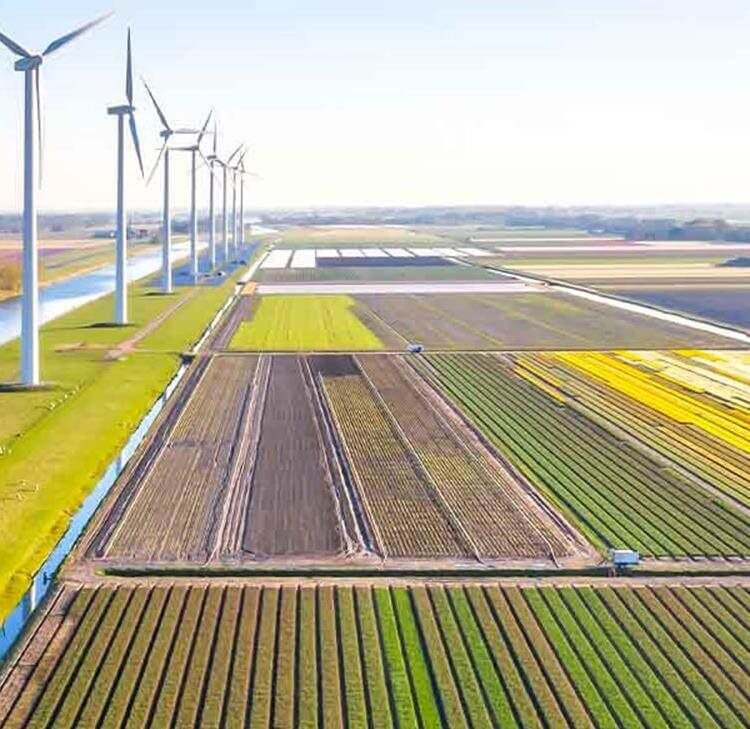Greenwashing (manifestation & prevention): ‘How green is your wash?’ part 2: The genesis of ‘ESG Compliance’
How greenwashing can be prevented, or how the risk of being accused of ‘greenwashing’ can be forestalled by effective compliance.
Introduction
In our last article in this series, we identified four ‘shades’ of ‘greenwash’ that could apply to financial services activities purporting to contribute to environmental social or governance (“ESG”) sustainability and responsibility (“S&R”):
- ‘Green in name only’ (eg stating commitments to ESG S&R but not acting on them);
- ‘Superficial green’ (eg taking token but not substantive steps towards ESG S&R);
- ‘Unclear green’ (eg stating commitments to having ESG S&R outcomes, but not providing evidence or explaining how these outcomes will be achieved);
- ‘Blatantly pseudo-green’ (eg stating commitments to pursuing or achieving ESG S&R, but actually using methods or having outcomes which are anything but).
In this article, we consider how greenwashing can be prevented – or, more importantly for firms that wish to have credible ESG offerings, how the risk of being accused of ‘greenwashing’ can be forestalled by effective ‘ESG compliance’.
The biggest risk for such firms is that, despite their best intentions, they fall into the traps of being or seeming ‘superficial green’ or, more likely, ‘unclear green’. How can these traps be avoided?
In short, it seems that governments and regulators do not envisage that the mores or economics of the marketplace are sufficient to prevent greenwashing, and that the solution principally involves extensive and prescriptive regulation as to ongoing and pre-contractual disclosures, in terms of firms’ –
- ·operations or services as a whole, and
- individual products.
Some of that regulation is already in place, and firms need to grasp how its terms relate to their activities, and especially the due diligence they undertake – both in challenging their own work in developing offerings, and in relation to those with whom they invest or contract (eg suppliers) or otherwise support.
Progress so far: The EU as a 'Leading Light' still needing improvement
A key indicator as to the likely ‘direction of travel’ can be seen in the European Court of Auditors’ Special Report 22/2021: Sustainable finance of 20.09.21 (the “ECA Report”).
As explained in the ECA Report, In 2016, the [European Commission] set up the High-Level Expert Group on sustainable finance” (“HLEG”): 20 senior experts from civil society, the finance sector, academia and observers from European and international institutions to advise on (inter alia):
- steering the flow of public and private capital towards sustainable investments; and
- identifying steps that financial institutions and regulators should take to protect the financial system from environment-related risks.
The ECA Report refers to the HLEG Final Report 2018 and others in stating that “public intervention will be needed to achieve the required level of sustainable investment”, including for the following reasons:
- “Markets do not reflect the full social and environmental cost of economic activities:
The market does not sufficiently price in negative side effects of [carbon] emissions ... and other negative environmental and social effects of unsustainable economic activities ... public and private [bodies] have little financial incentive to integrate ESG [S&R] considerations into their decisions ...”
- “Lack of sufficient transparency and disclosure on sustainable activities:
The [current] sustainability-related disclosures in the private and public sector may lead to information asymmetry about the [true] sustainability ... of assets ... investors lack the reliable and comparable data they need to take informed decisions (see the 21.04.21 impact assessment on proposal for annual public reporting of non-financial information).”
- “Some sustainable investments face potentially higher risks and costs of financing:
... assessing and complying with sustainability standards may generate higher financial costs for sustainable activities ... In certain cases, sustainable projects will need public support to be financially viable ...”
- “Lack of clarity on sustainable investment needs and available projects:
In certain sectors and areas, investors willing to invest sustainably lack information on sustainable investment needs and available projects.
In some cases, the lack of available projects is due to insufficient capacity or know-how on the part of private project developers and public authorities. This is particularly an issue for sustainable infrastructure projects, which are complex to design, finance and implement but are necessary for a transition towards a low-carbon and climate resilient economy ...”
Strict adherence to S&R Categorisation: 'Taxonomies'
As per the ECA Report: “The EU taxonomy [is] a system for classifying the sustainability of economic activities based on scientific evidence ... designed primarily to be applied by issuers of securities and bonds, institutional investors, asset managers, and other financial market participants offering financial products in the EU as well as by central banks. Public authorities may use it to classify the sustainability of their activities.”
Various jurisdictions have developed or are in the process of developing their own taxonomies, including the UK.
Some might argue that having multiple taxonomies creates self-defeating risks:
- the EU and China are working on a common taxonomy;
- ·others however (see eg the Global Financial Markets Association’s global-principles-for-climate-taxonomy.pdf) have recognised that a drive towards a universal taxonomy has a potential for adverse consequences –
- for instance, the exclusion of certain materials, products or processes from a sustainability taxonomy, could cause dramatic re-pricing or capital outflows,
- the effects of such developments could in turn be ‘ESG-negative’ (economically and/or socially harmful) in view of different jurisdictions and regions having different industrialising or decarbonising pathways.
- for instance, the exclusion of certain materials, products or processes from a sustainability taxonomy, could cause dramatic re-pricing or capital outflows,
Prescribed evidence of Taxonomy Adherence
There are already rules in place with an ‘ESG-positivity’ purpose, including in the UK financial services regime: LR 9.8.6 R (8) requires a UK incorporated listed company to -
- confirm in its annual financial report which, if any, disclosures it has made consistent with the Task Force on Climate-Related Financial Disclosures ("TCFD") recommendations, and
- explain why any such disclosures have not been made.
The UK Financial Conduct Authority has also consulted on extending the above provisions to other issuers (see CP21/18) and in respect of asset managers, life insurers, and pension providers (CP 21/17). The latter proposes annual TCDF disclosures at:
- an ‘entity-level’ (in short, how each firm takes climate-related risks and opportunities into account in managing or administering investments on behalf of customers); and
- at a product or portfolio-level (in short, a baseline set of consistent, comparable disclosures in respect of a firm’s products and portfolios, including a core set of metrics).
The EU 'Sustainable Finance Disclosures Regulation' ("SFDR") introduces a range of disclosure requirements on financial services firms as to ESG S&R, including (in short) statements:
- on firms’ websites, as to:
- their policies as to sustainability risk in investment decision-making (‘Article 3’);
- the external impacts of such decisions on ESG factors (‘Article 4’);
- in pre-contractual materials for firms’ services, as to:
- the integration of sustainability risks into decision-making, including as to investment returns (‘Article 6’), and
- whether and how a particular product takes account of adverse impacts on external ESG factors (‘Article 7’); and
- on firms’ websites, and pre-contractually, for products:
- which ‘promote’ S&R ‘characteristics’ (whether these are benchmarked or not - ‘Article 8’),
- whose ‘objective’ is S&R (by reference to benchmarks – ‘Article 9’).
Beyond Taxonomy
Disclosures and taxonomy are parts of a broader EU Action Plan for financing sustainable growth. This goes beyond climate risk management and includes the aim of fostering “sustainable corporate governance and attenuating short-termism in capital markets”. This would be a profound cultural change, which some might see as the ‘sine qua non’ for the achievement of genuine ESG S&R.
Read Part 1: Manifestation: ‘How green is your wash?’
This article was first published by Thomson Reuters.









































